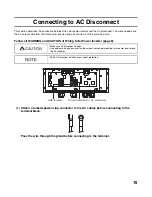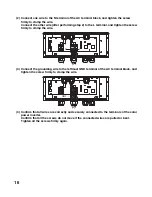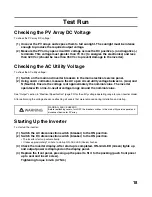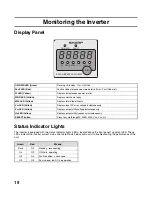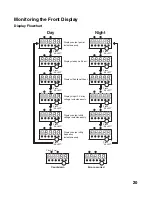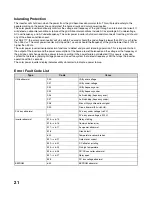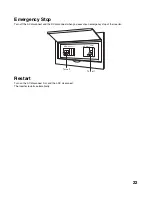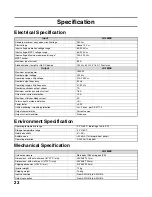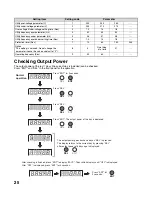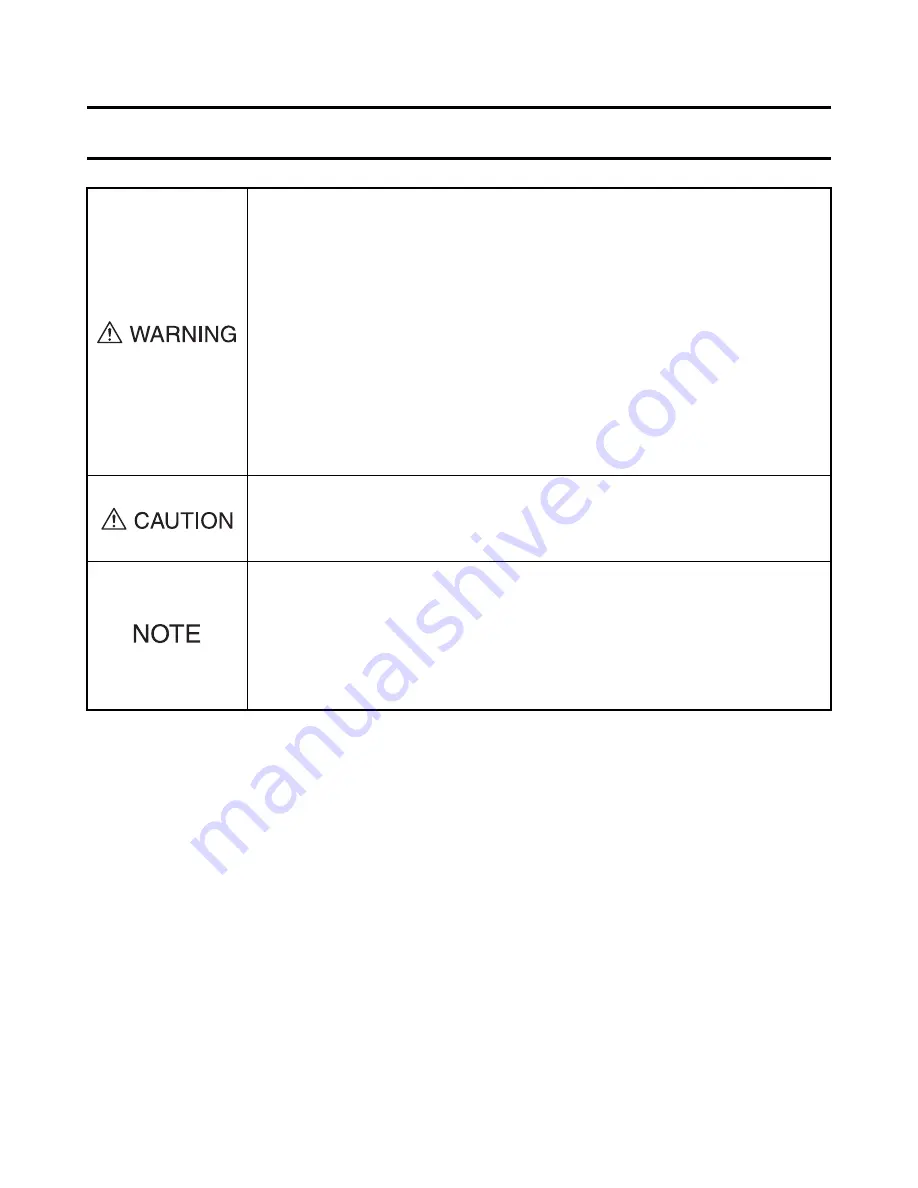
9
Wiring Solar Power Inverter
• All of the procedure must be completed by a qualified electrician.
• Wiring the solar power inverter and the DC disconnect enclosure must be performed using electrical
conduit.
• Completely cover the surface of the entire PV array with an opaques (dark) material before wiring the
solar modules. The PV array produces electrical energy when exposed to sunlight and could create a
hazardous condition.
• To reduce the risk of electrical shock, do not work with wet hands when your body is wet, or in a wet
location.
• Use low-voltage insulating gloves.
• Disconnect the PV array output cable and the module output cable when working, or wear electrical
insulated clothing.
• To reduce the risk of electrical shock, be sure to turn off the following devices before starting wiring
installation:
- The dedicated circuit breaker for the solar power inverter on the AC meter.
- The DC disconnect switch
- The AC disconnect switch
• Do not turn on the DC and AC disconnect switch until the wiring installation is finished.
• Unused cable opening must be covered.
• Grounding installation is the responsibility of the installer.
• To avoid the risk of fire or electrical shock, use proper sized wires.
• To reduce the risk of short circuits during installation or servicing of the solar power inverter, use
insulated tools.
• All electrical installations shall be done in accordance with all local electrical codes and the Australia
Standards.
• Wiring the PV module
- The number of PV modules in series should be determined so that the open circuit voltage of the
PV strings is not higher than 350 V
DC
when the ambient temperature is from -20°C to 40°C, and the
minimum operating voltage is higher than 60 V. Refer to the PV manufactures module
specifications for voltage/temperature co-efficient.
• Confirm that the dedicated breaker for the solar power inverter on the AC meter and the breaker on
the AC disconnect are OFF. If they are ON, turn them OFF.

















